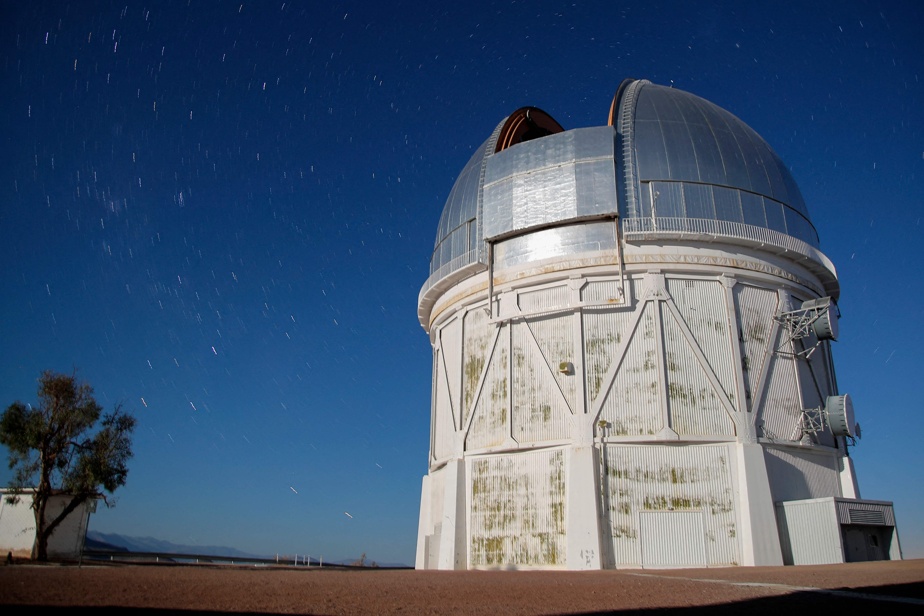(La Serena) Northern Chile, one of the most suitable places for astronomical observation with its arid mountains and clear skies, is preparing to welcome the largest astronomical camera ever built in the world with the hope of revolutionize the study of the universe.
The size of a small car and weighing 2.8 tonnes, the device will be installed on a telescope under construction and will allow the sky to be scanned like never before, those responsible for the project financed by the UNITED STATES.
Costing around $800 million, the giant camera will begin taking its first images during the first half of 2025. Every three days, it will scan the sky, repeating the movement endlessly.
We will move from “the study of a star and all the in-depth physics of that star to the study of billions of stars at once,” rejoices Bruno Dias, president of the Chilean Astronomical Society (Sochias). .
“It will be a paradigm shift in astronomy,” assures Stuartt Corder, deputy director of NoirLab, the American research center which manages the observatory located at an altitude of more than 2,500 meters, at Cerro Pachon, 560 km away. north of the capital Santiago.
With this project, Chile consolidates its position in astronomical observation, with a third of the most powerful telescopes on the planet installed on its territory, according to data from the Chilean Astronomical Society.
The LSST (Space-Time Research as a Legacy for Posterity) camera should have data on twenty million galaxies, 17 billion stars and six million space objects in ten years.
Scientists will have a renewed catalog of images of the solar system, will be able to map the Milky Way and make progress on the study of energy and dark matter.
300 TVs for one image
The device will have a 3,200 megapixel digital sensor and to see one of its images will require more than 300 medium-sized high-definition televisions combined.
Made in California, the device will triple the capacity of the most powerful camera currently available, the Japanese 870-megapixel Hyper Suprime-Cam. It will also be six times more powerful than NoirLab’s current most powerful camera.
The telescope that will integrate it has a mirror 8.4 meters in diameter. Long gone is the 40 cm telescope that arrived in Chile more than 60 years ago, when the country’s first international observatory was installed on Cerro Tololo in the 1960s.
“This telescope arrived here on the back of a mule, because there was no road,” explains Stephen Heathcote, director of the Cerro Tololo observatory, located about twenty kilometers from Cerro Pachon.
The capital of astronomy
The Vera C. Rubin Observatory, named after the American astronomer who discovered dark matter and which will host the giant camera, is one of Chile’s major astronomy centers.
The natural conditions of the country’s northern desert areas, located between the Pacific Ocean and the Andes, generate the purest skies on the planet, thanks to low cloud cover and a dry climate.
Chile is home to the telescopes of more than thirty countries, including some of the most powerful astronomical instruments in the world, such as the ALMA space telescope or the Extremely Large Telescope, the most powerful optical instrument ever built, which will observe distances from 2027 never before achieved.
Although other countries such as the United States, Australia, China and Spain have also installed powerful observation equipment, “Chile is unbeatable” in the field of astronomy, says the president of the Chilean Astronomical Society.
